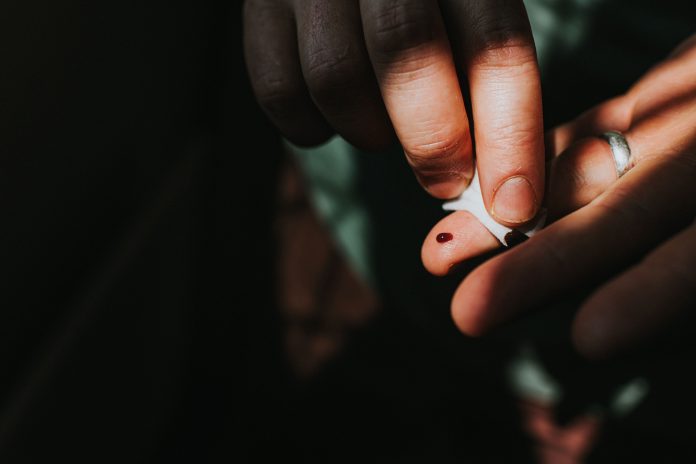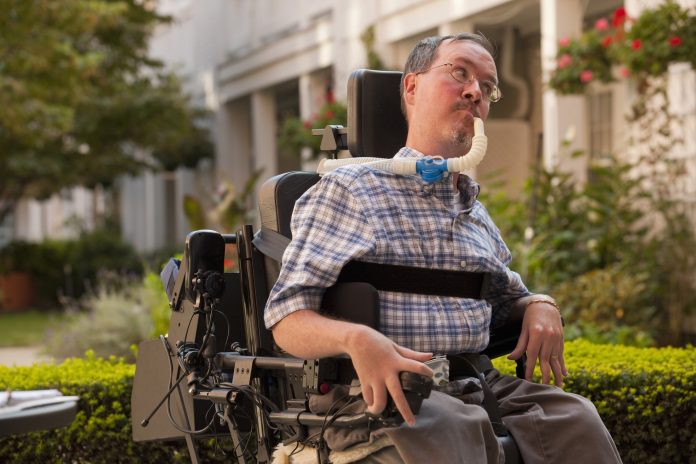Warm weather brings days at the beach, sunscreen and … kidney stones?
Researchers say people who don’t stay properly hydrated face a higher risk of these painful mineral deposits as temperatures and humidity rise in the summer. On top of that, they noted that in general people whose diet is packed with too much sodium, fat and sugar, could find themselves among the 1 in 10 Americans who will get a kidney stone in their lifetimes.
Kidney stones are formed when minerals from urine crystalize into a small stone or pebble-like mass. These stones can become lodged in the ureter, the tube connecting the kidney to the bladder. The stones sometimes cause an obstruction that makes it difficult to urinate and triggers a sharp pain in the side or lower back. Some stones pass on their own and cause little or no discomfort.
Summer is a key time to pay attention to these deposits, since there’s a greater risk of kidney stones when temperatures rise and people don’t stay hydrated, said Dr. Ivan E. Porter, a nephrologist at the Mayo Clinic in Jacksonville, Florida. When its hot and people sweat more but don’t drink sufficient water or other fluids, those conditions “absolutely can relate to an increased risk of both stone events and stone formation,” Porter said.
A 2023 study published in the American Journal of Kidney Diseases reported emergency room visits to New York state hospitals for kidney stones, urinary tract infections and other kidney injuries increased during warmer months, particularly during “transitional” months of May when weather warms and September as summer trails off.
The research suggests people likely aren’t prepared when temperatures rise, said Dr. Shao Lin, a professor of environmental health at State University of New York at Albany and study co-author. The problem, she said: People spend too much time in the sun, don’t drink enough water or don’t turn on their air conditioner when temperatures rise.
“The human body has not yet adapted to the hot weather in May,” Lin said. “People are not ready for that.”
Beyond elevated risk due to heat and lack of hydration, other factors likely have accelerated the rising number of kidney stone cases. Kidney stone rates in the United States increased from 3.8% in the late 1970s to about 10% a decade ago, according to the National Kidney Foundation.
“Over the last couple of decades, where we’ve seen some other diseases drop off or slow down, kidney stones have not. It’s continued to increase,” said Dr. Timothy Averch, a urologist in Columbia, South Carolina.
Averch said warming temperatures worldwide might contribute to rising rates of kidney stones, but, he said, diets are also likely a major explanation.
“What we eat is not super healthy when it comes to kidney stones, and even some of the things we consider healthy can have a negative effect on kidney stone formation,” Averch said.
What can I do to lower my risk of kidney stones?
The most important thing is to drink plenty of water or other fluids with citrate, such as lemonade or lemon juice, to stay hydrated, Averch said. Equally important is avoiding or minimizing intake of drinks that can dehydrate such as coffee and alcohol.
Doctors also recommend avoiding foods with a lot of sodium. Processed foods are often packed with sodium and should be avoided, Porter said.
“The majority of salt we get in a normal American diet does not come from the salt shaker,” Porter said. “It comes from processed foods. So it’s something out of a can or something out of a bag.”
People also should avoid eating diets with an excess amount of animal proteins and fats. Averch cited one study from Italian researchers that showed diets heavy in animal protein led to hypercalcemia, or too much calcium in the blood.
Researchers also have busted diet myths. A few decades ago, people were advised they could be at risk for kidney stones if they drank too much milk or consumed a lot of dairy products such as cheese or yogurt. But diet studies have shown that such calcium-rich foods had the opposite effect – they reduced the risk of a type of kidney stone called calcium oxalate stones.
“Those who increased dairy intake with cheese, milk, yogurt, those patients actually had lower metabolic risk factors for stones,” Porter said.
However, people who take large dosages of calcium supplements might face a higher risk, he said.
“So a diet rich in calcium is good. Calcium supplements, not so good,” Porter said.
What to do if you have kidney stone symptoms
People with kidney stones might first recognize sharp pain in the lower back or side that radiates down to the groin. Others have described having a more general pain or stomachache that won’t go away.
Other symptoms can include blood in the urine or a burning sensation when urinating, as well as nausea, vomiting, fever and chills.
Doctors can check whether you have a stone or might order imaging tests to determine the size of the stone. They may also order blood tests to check for signs of calcium, phosphorus and uric acid tests. Many patients are able to pass stones on their own, but some need them removed. If you’ve had a stone, you have a 50% risk of developing another within five to seven years, according to the National Kidney Foundation.
If you suspect you might have one, it’s always better to get checked, doctors said.
“If you’re not sure what that is, and never had a kidney stone before, you should probably seek medical care,” Averch said.










